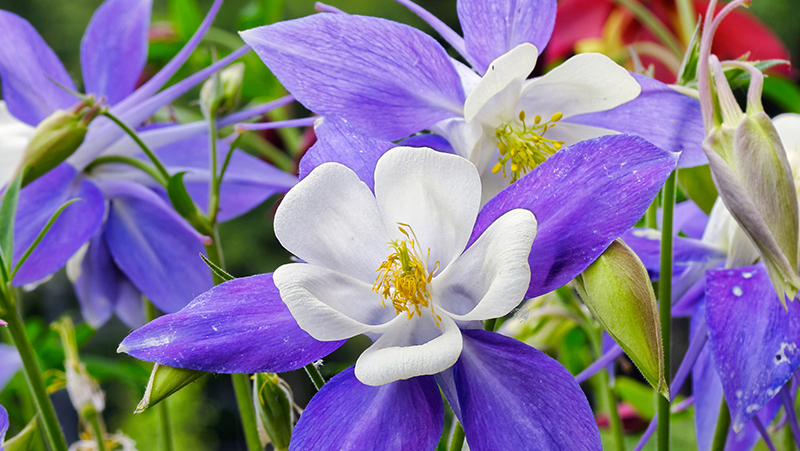Yates Account
Join now
Create a Yates account today!
Sign up to join the Yates Garden Club for monthly e-mails packed with seasonal inspiration, tips for success & exclusive promotions.
Plus if you’re a Garden Club member you can take part in the Yates Growing Community - a blog to share successes, get advice & win prizes in fun challenges along the way!

Forgot password
Enter the email address associated with your account, and we'll email you a new password.

As summer gets closer, shade becomes more precious in the garden, but gardening in the shade presents some special challenges. First of all, it’s important to select plants that are suited to the low light sections of the garden. Shade gardens tend to have more green than colour but, by choosing carefully, you can still brighten up those shaded sections.
Coleus pictured.
Plants growing under trees must be able to compete with the tree’s roots. Strappy-leafed plants such as clivias, liriope or libertia do well in these situations – their fleshy roots seem able to extract sufficient water. Another option is to strategically place pots filled with short term colour beneath the trees, and change them frequently. In warmer areas, bromeliads can be a good choice. Many broms are epiphytes – i.e. they grow naturally on trees – so they don’t require much root room. Gingers and their relatives, too, can fill gaps beneath trees or pergolas in frost free gardens.
Some easy-to-grow foliage plants look wonderful in the summer garden. Coleus, with its varied leaf patterns, is a good example. Coleus grows readily from seed, which makes it a reasonably economical solution to filling a shady area. Sow coleus seeds into starter trays, grow on in pots and transplant once the seedlings are a good size.
Iresine, which has the charmless common name of bloodleaf, is another good filler for shaded parts of the garden. It can become a permanent feature in warmer areas, but will need to be replanted each year where winters are cold. Fortunately, iresine grows readily from cuttings.
Begonias come in a very wide range of shapes and sizes so there’s one to be found for just about any garden. The tall-growing angel’s wing begonias are some of the most striking. Not only do they have attractively coloured leaves, they produce hanging clusters of pink or white flowers. Begonias are susceptible to fungal diseases, especially powdery mildew, so check them regularly and use Yates Rose Gun Spray Ready to use at the first signs of disease.
Possibly the most flowery plant choices for summer shade are impatiens. Keep the plants strong by feeding with high potash Yates Thrive Rose & Flower Granular Plant Food and watch carefully for any signs of disease. Use Yates Rose Gun Spray Ready for control.

Aquilegia pictured.
Below is a list of flowers suited for shade or semi-shade:
Ageratum, alyssum, aquilegia, begonia, calendula, cineraria, coleus, cyclamen, Canterbury bells, forget-me-not, foxglove, impatiens, linaria, lobelia, nasturtium, nigella, pansy, polyanthus, schizanthus, viola, Virginian stock, wallflower. Viola and pansy require at least half sunlight.
Don’t forget that you can cheat and add a little bit of colour to those shaded parts of the garden by hanging streamers or bunting from trees, setting up mirrors to reflect what light is there, or using coloured pots. Let your imagination take you on a journey to brighten up your shady garden.














Share
Share this article on social media